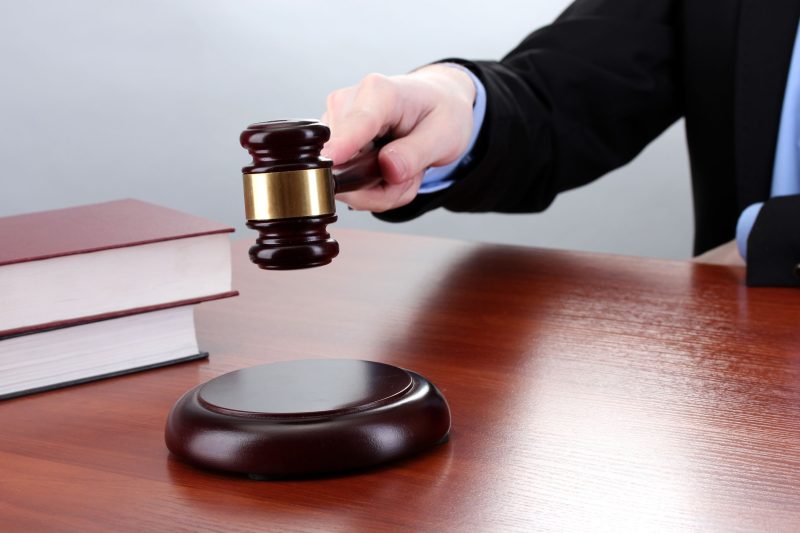One of the hardest tasks for personal injury lawyers is apportioning blame for a car accident when both drivers share in it. Here is some information about comparative negligence and how your car accident attorney will use it to get you the settlement you deserve.
How the Comparative Negligence Theory Works
Some states apportion blame for auto accident injuries using the comparative negligence theory, which says that any recovery will be reduced according to the percentage of the injuries attributable to a particular driver.
Here is an example: A driver sues another driver for damages totaling $100,000, and the jury finds a 30/70 split as far as fault is concerned. If the jury agrees on the amount, the party bringing the suit would collect $70,000 (or their reward reduced by their 30% blame).
The above example applies in states that use the pure comparative negligence theory. Other states in the U.S. have modified principles, allowing suits only in auto accident injury cases where the plaintiff is less than 50% at fault. Comparative fault and negligence laws generally fall into several categories, which will be discussed below.
Pure Contribution of Negligence Laws
In states recognizing pure contribution of negligence, plaintiffs cannot collect damages if they can be assigned at least 1% of the blame. These laws are rare, and only five states have them.
Pure Comparative Negligence Laws
States with such laws permit the collection of damages, even in cases where the plaintiff can be assigned 99% of the fault. However, damages are limited by the degree of blame apportioned to the plaintiff. For example: A person driving under the influence who causes a crash can bring a suit against the other driver for having a non-functional brake light, but damages will be minimal.
Modified Comparative Negligence Laws
Most states follow this model, which is divided into two categories: the 50% rule and the 51% rule. In states following the former, a party that is assigned 50% or more of the blame for an accident cannot recover damages. In 51% rule states, a party cannot recover damages if they are 51% or more at fault.
Determining accident fault can be a lengthy and difficult process. There are some crashes where finding the at-fault driver is simple, but in many others the decision is not so clear. To get your proper settlement, it is recommended that you hire a car accident attorney in Mount Vernon, IL.


